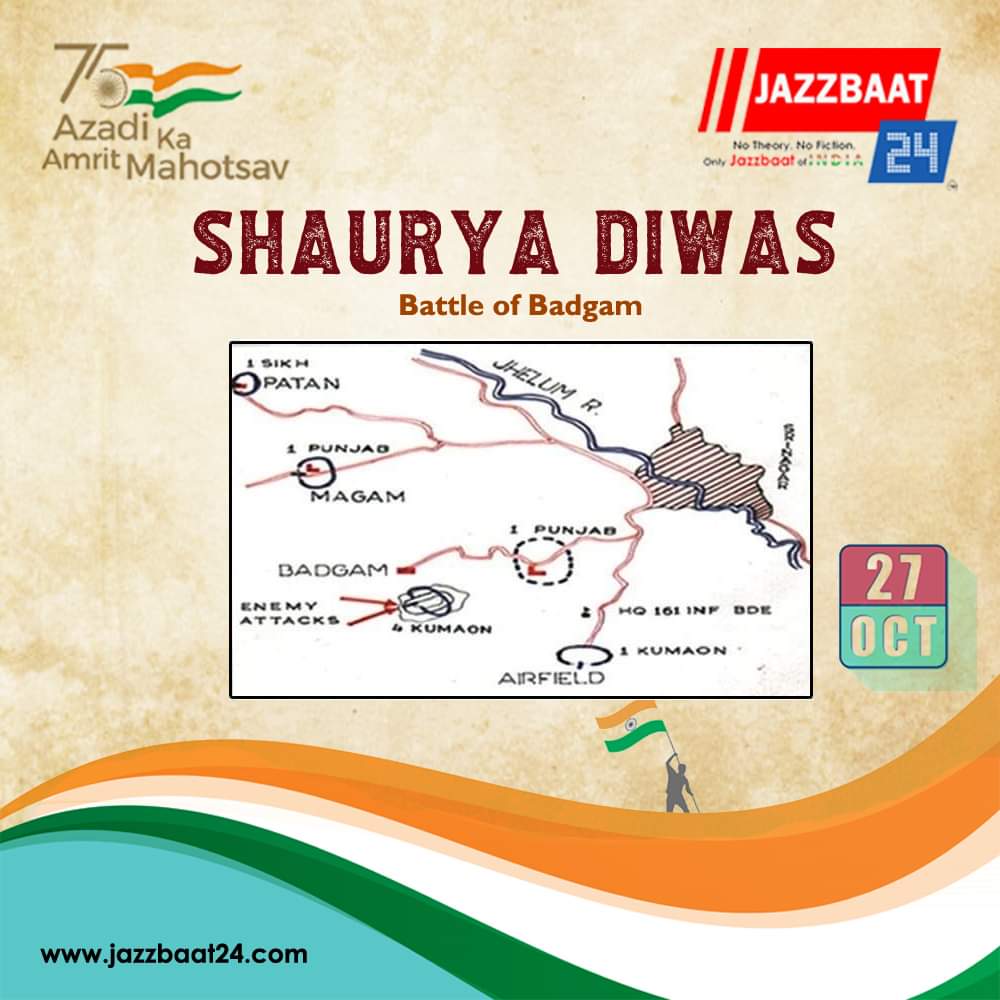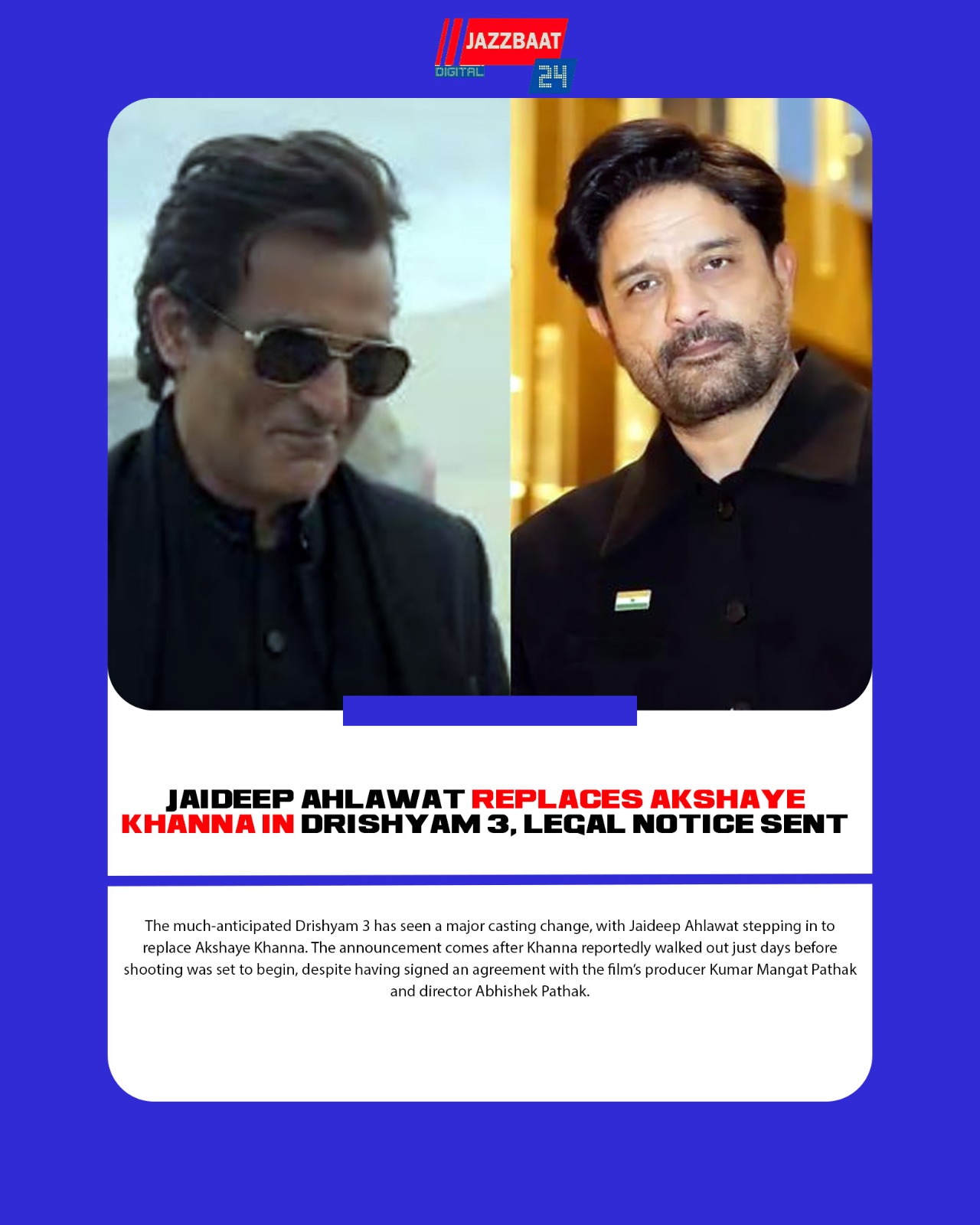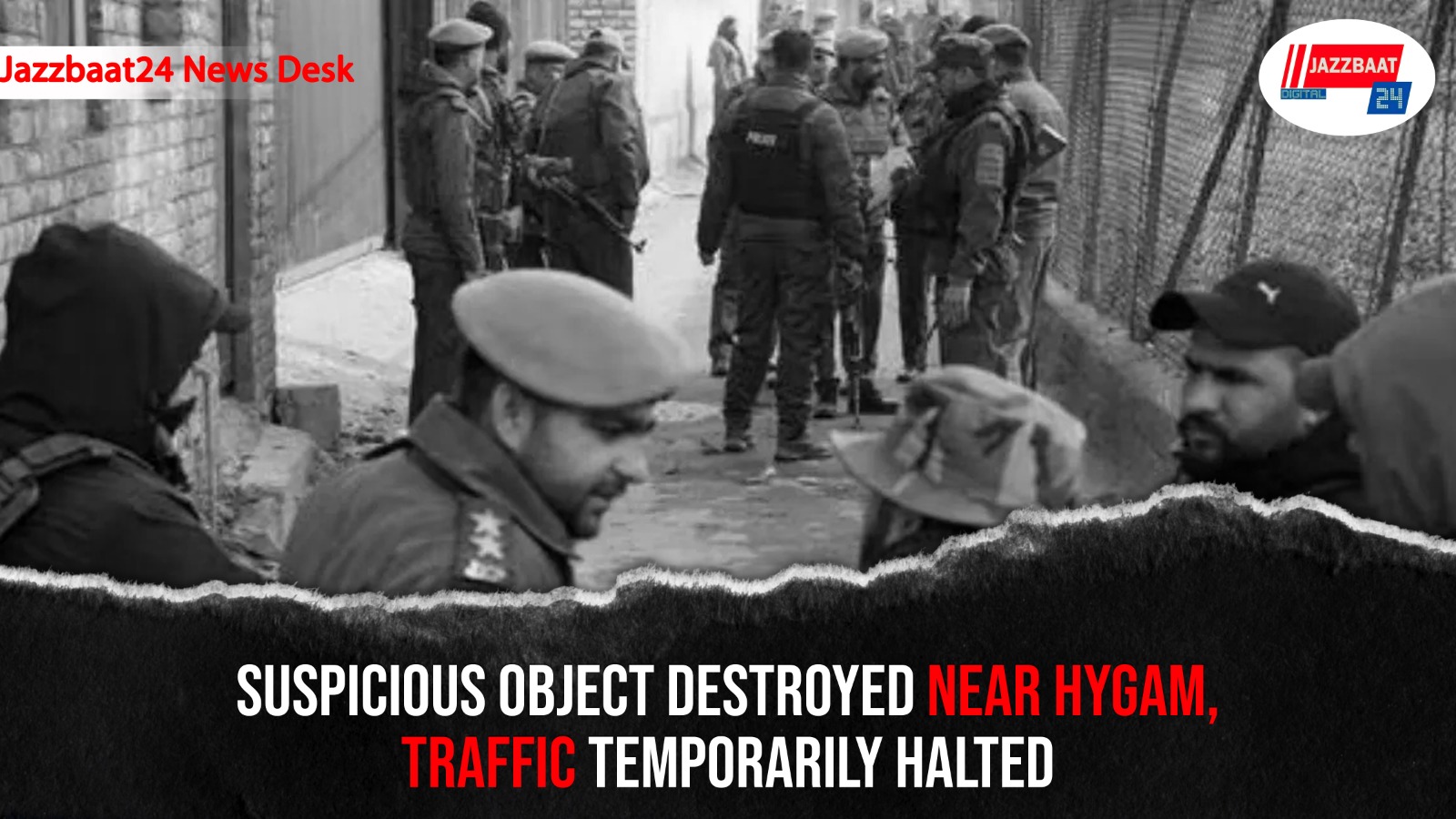The Battle of Badgam, which took place on 3 November 1947 at Badgam in the Kashmir valley during the Indo-Pakistani War of 1947–1948, was a defensive conflict between forces of the Indian Army, numbering just 50, and tribal raiders from Pakistan, numbering 1000.
The battle was significant because one company of the 4th Battalion, Kumaon Regiment, led by Major Somnath Sharma, with support from the Indian Air Force, was able to stop the advance of the tribal "lashkars," even though they suffered severe casualties on their side and were killed to the last man. Posthumously, Sharma was awarded the Param Vir Chakra.
Badgam, a small village southwest of Srinagar, was less than a hour away from the Srinagar Airfield, which was significant because if the raiders came close enough, they could access both the Airfield and the city. The Brigade Headquarters received notice on November 2 that there was a concentration of several tribal raiders close to Badgam.
The 4th Battalion of the Kumaon Regiment, commanded by Major Somnath Sharma, was one of the units sent into battle during this conflict and was instrumental in this battle. Three companies were sent out on November 3rd to track the movements of the infiltrators coming from the north, and two of the three companies were of the 4th Kumaon. A firm base had been established on a small hill close to Badgam by Major Sharma's company, which was a part in this operation.
Two of the three companies returned to the Airfield because they did not encounter any enemy. While Major Sharma's unit was instructed to hold their position until 1500 Hrs. and then return to the airfield, the second one left at 1400 Hrs. Since dawn, they had been patrolling the village and its vicinities. However, because the raiders were undetectable because of their local garb, they were able to avoid the troops' attention. When they noticed that the other two companies had left, they began to encircle the company in an effort to isolate them.
The company in Badgam came under attack from one of the houses, but they refrained from using force out of concern for the lives of the civilians. When they were encircled, the infiltrators took their guns out of their firans (Kashmiri cloaks), and they started their attack. Major Sharma recognised the seriousness of the situation and realised that holding his position and fighting to the latter end was essential to avert the impending threat to Srinagar and its Airfield. There were more than 500 raiders against Major Sharma's company of less than 90 troops. They were seven to one outnumbered.
After hearing about their efforts and the critical situation, the Brigade Commander promised to send troops from 1 Punjab for help, but Major Sharma was aware that it would take some time for them to arrive. While the initial attack was stopped, the succeeding ones continued unabatedly, and our men sustained heavy casualties. They managed to maintain their ground long enough, despite all obstacles.
The Battle of Badgam has come to be associated with Major Sharma. He was a second-generation army officer when he was born on January 31st, as his father, two brothers, and sister had all served in the Indian Army.
Major Sharma was healing from a damaged left arm he sustained while playing hockey in 1947, when the troops were being sent to protect Kashmir. He was told to take a break but he insisted that he wanted to fight with his company. Eventually, he was allowed to leave. When he was engaged in combat in Badgam, the plaster cast was still on him.
He maintained optimism despite the dreadful circumstances in Badgam and battled to the bitter end. He moved from one area to another during the battle to inspire and encourage the troops in his company to continue fighting. His inspiration enabled the company to continue and kill as many tribesmen as they could. And when the light machine guns' operation was hampered by the fewer troops, he started reloading the magazines himself. He was killed instantly as a result of an enemy mortar round that struck him as he was working on this task.
Major Sharma, who was only 24 years old, died while defending his nation. He was the first recipient of the Param Vir Chakra, the highest honour for valour granted by Independent India, for his great leadership and bravery during this battle. Even now, on November 3rd, the military honours and remembers the valour of Major Sharma and his men, who were slain while defending their nation.
India will honour the unwavering bravery of such exceptional men who have contributed to defend Jammu and Kashmir. Shaurya Diwas 2022 will be celebrated on 27th October this year, under the Azadi Ka Amrit Mahotsav campaign by Government of India.





